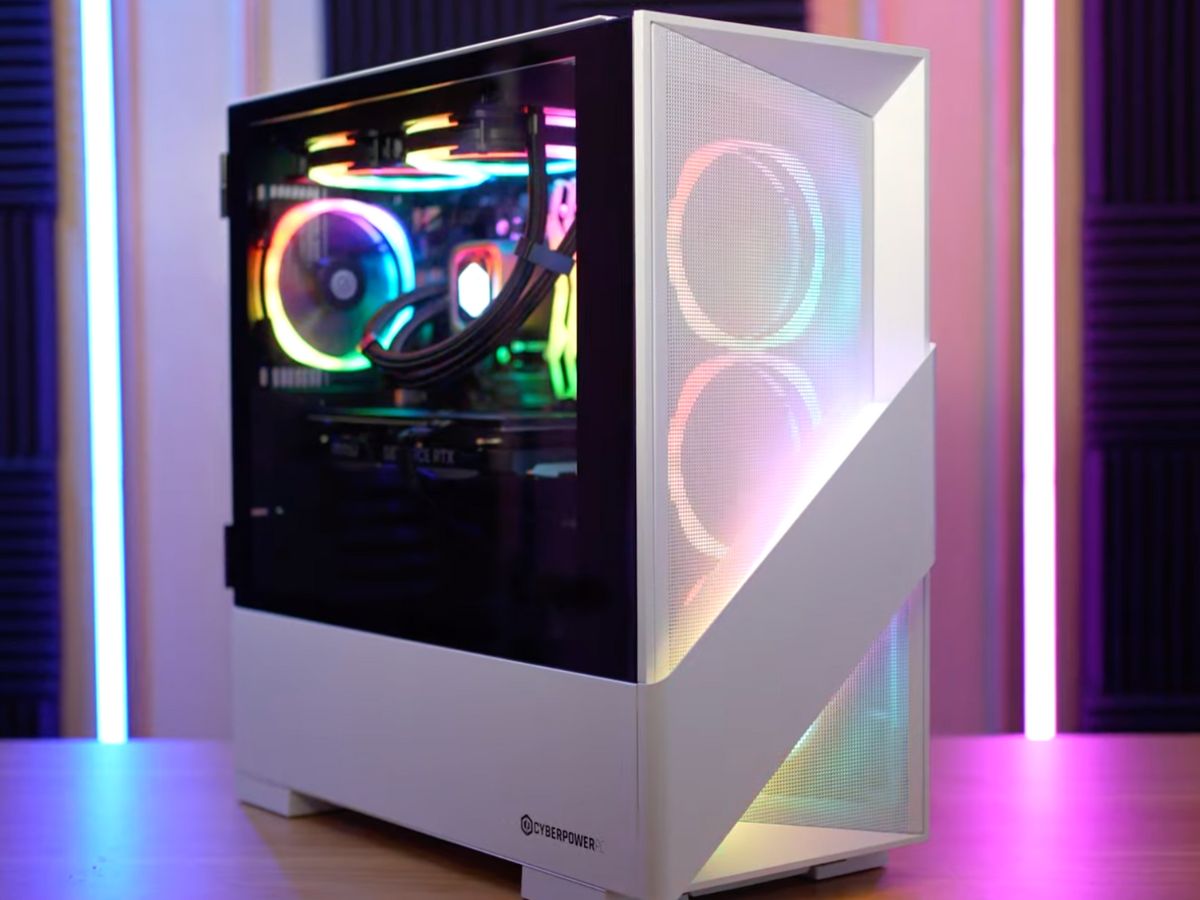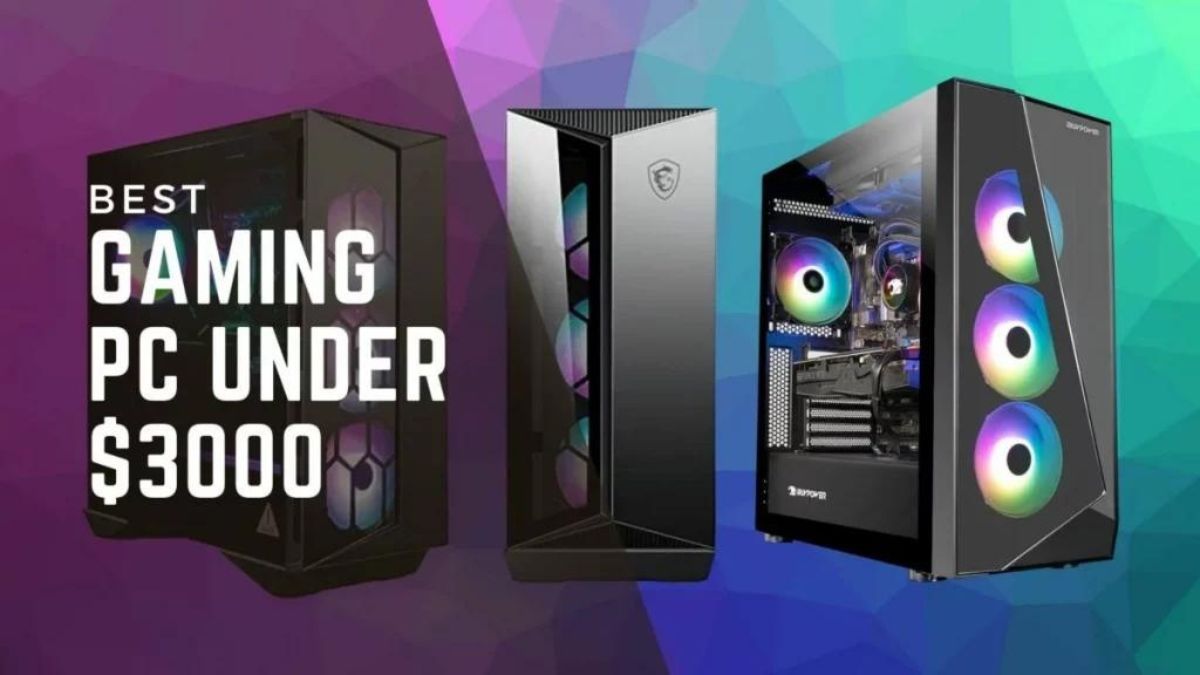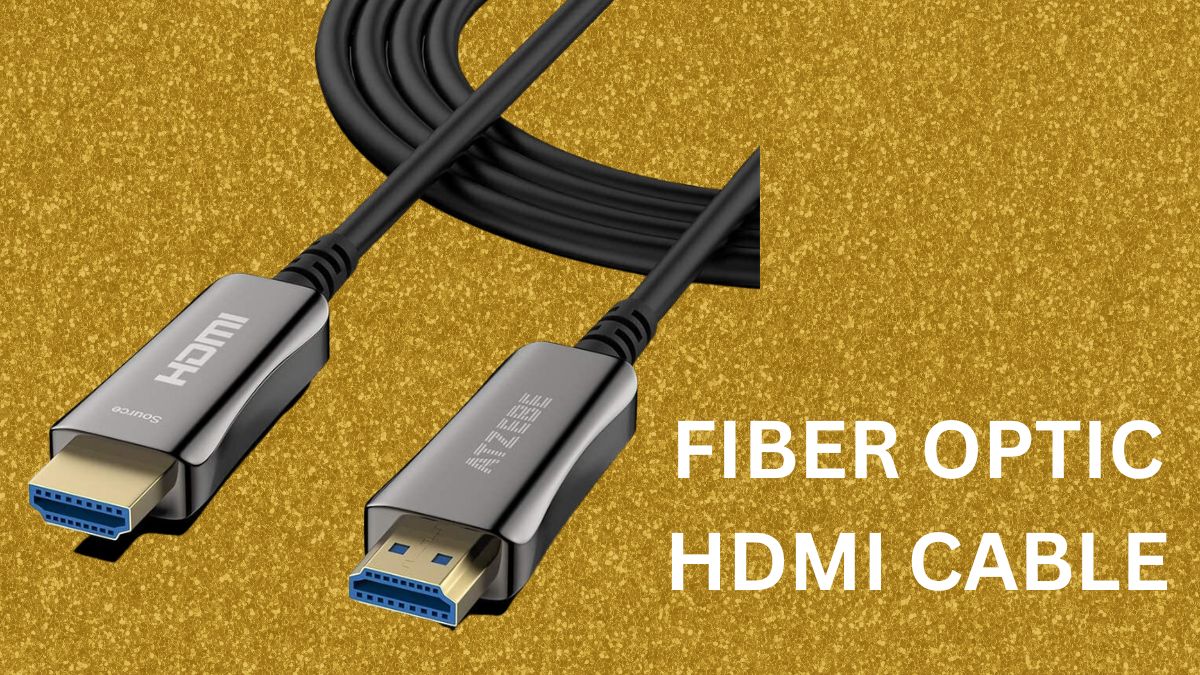
As technology continues to advance, so does the demand for higher-quality audio and video transmission. HDMI (High-Definition Multimedia Interface) cables have become the standard for connecting devices like televisions, projectors, gaming consoles, and Blu-ray players.
Traditional HDMI cables use copper conductors to transmit data, but recently, fiber optic HDMI cables have gained popularity due to their superior performance and ability to transmit high-quality signals over longer distances without degradation. In this article, we will explore the features, benefits, and applications of fiber optic HDMI cables.
What is a Fiber Optic HDMI Cable?
A fiber optic HDMI cable is a type of HDMI cable that uses fiber optic technology to transmit audio and video signals. Unlike traditional HDMI cables that rely on copper wires, fiber optic cables use thin strands of glass or plastic fibers to transmit data using pulses of light. These cables can transmit high-definition signals over longer distances while maintaining signal integrity and avoiding electromagnetic interference (EMI). This innovative technology provides several advantages over traditional copper-based cables.
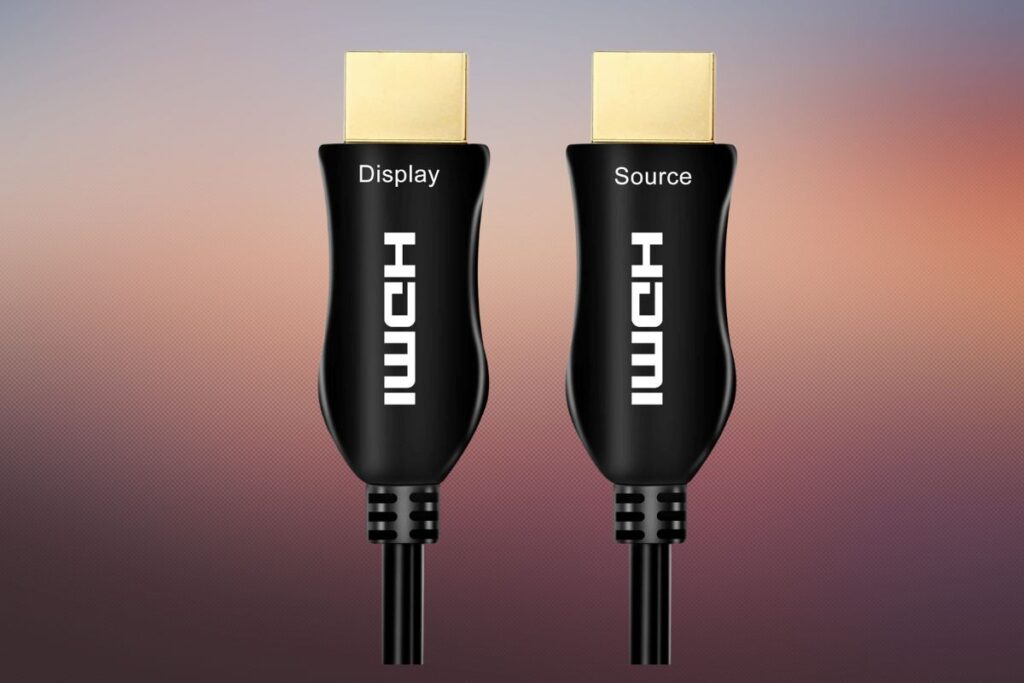
Usage of Optic Fiber HDMI Cables
Home Theater Systems: Fiber optic HDMI cables are an excellent choice for home theater enthusiasts who want to enjoy high-quality audio and video over long distances. Whether you have a dedicated home theater room or want to connect devices in different rooms, fiber optic HDMI cables can ensure that the signals reach your display devices with minimal loss or degradation, delivering a stunning visual and audio experience.
Professional AV Installations: In commercial settings such as conference rooms, auditoriums, or sports bars, fiber optic HDMI cables are widely used for professional audiovisual installations. These cables enable the transmission of high-definition content over extended distances, ensuring that everyone in the audience gets a clear and immersive viewing experience. Moreover, fiber optic HDMI cables can simplify cable management and reduce the clutter of multiple cables, making installations neater and more organized.
Gaming and Virtual Reality (VR): For gamers and virtual reality enthusiasts, fiber optic HDMI cables can enhance their gaming experience. These cables support high refresh rates and resolutions, allowing for smooth and immersive gameplay. Fiber optic HDMI cables also help eliminate lag or latency issues, ensuring a seamless connection between gaming consoles, PCs, or virtual reality headsets and displays.
Benefits of Fiber Optic HDMI Cables
High Bandwidth and Data Transfer Rates: Fiber optic HDMI cables offer higher bandwidth and data transfer rates compared to copper-based cables. They support resolutions up to 4K, 8K, and even beyond, allowing for the transmission of ultra-high-definition content. With the increasing popularity of 4K and 8K displays, fiber optic HDMI cables ensure that you can enjoy the highest quality video and audio without any loss or degradation.
Longer Transmission Distances: One of the significant advantages of fiber optic HDMI cables is their ability to transmit signals over longer distances. Copper-based HDMI cables may experience signal degradation over extended lengths, resulting in reduced video quality or even complete signal loss. Fiber optic cables, on the other hand, can transmit signals over hundreds of meters without any loss or degradation, making them ideal for large home theaters, conference rooms, or commercial installations.
Immunity to Electromagnetic Interference (EMI): Copper-based HDMI cables are susceptible to electromagnetic interference, which can lead to signal degradation and poor video quality. Fiber optic HDMI cables, being made of glass or plastic fibers, are immune to EMI since they transmit data using light pulses. This immunity ensures that the transmitted signals remain clean and free from any interference, resulting in a more reliable and consistent audiovisual experience.
Thin and Flexible Design: Fiber optic HDMI cables are thinner and more flexible compared to traditional copper HDMI cables. This slim and flexible design makes them easier to route and install in tight spaces, making them suitable for both residential and commercial applications. Additionally, their flexibility reduces strain on the connectors and helps prevent damage or signal loss caused by tight bends or twists.
Conclusion
Fiber optic HDMI cables have revolutionized audiovisual connectivity by offering higher performance, longer transmission distances, and immunity to electromagnetic interference.
With their ability to transmit high-definition signals without loss or degradation, these cables have become essential for home theater enthusiasts, professional AV installations, and gaming applications. As technology continues to advance, fiber optic HDMI cables will play a vital role in delivering superior audiovisual experiences for years to come.

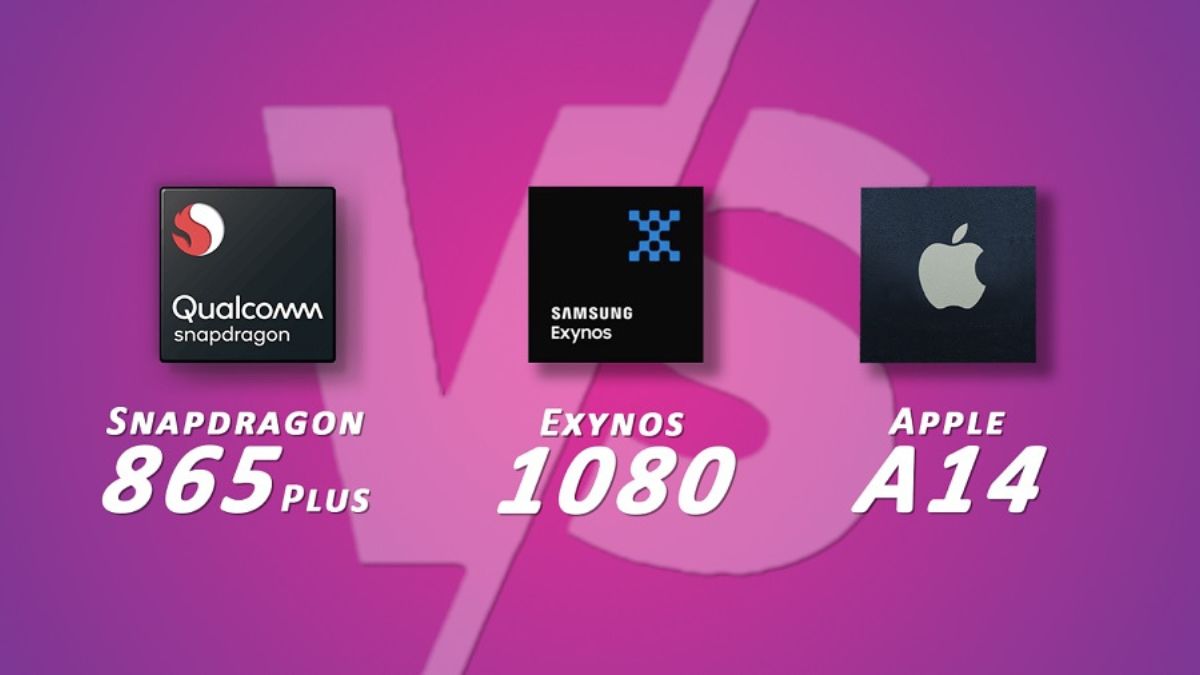


![Best Gaming PC Build under $1000 in 2025 [RX 7700XT]](https://www.geeksdigit.com/wp-content/uploads/2025/02/best-gaming-pc-build-under-1000-336x220.jpg)
